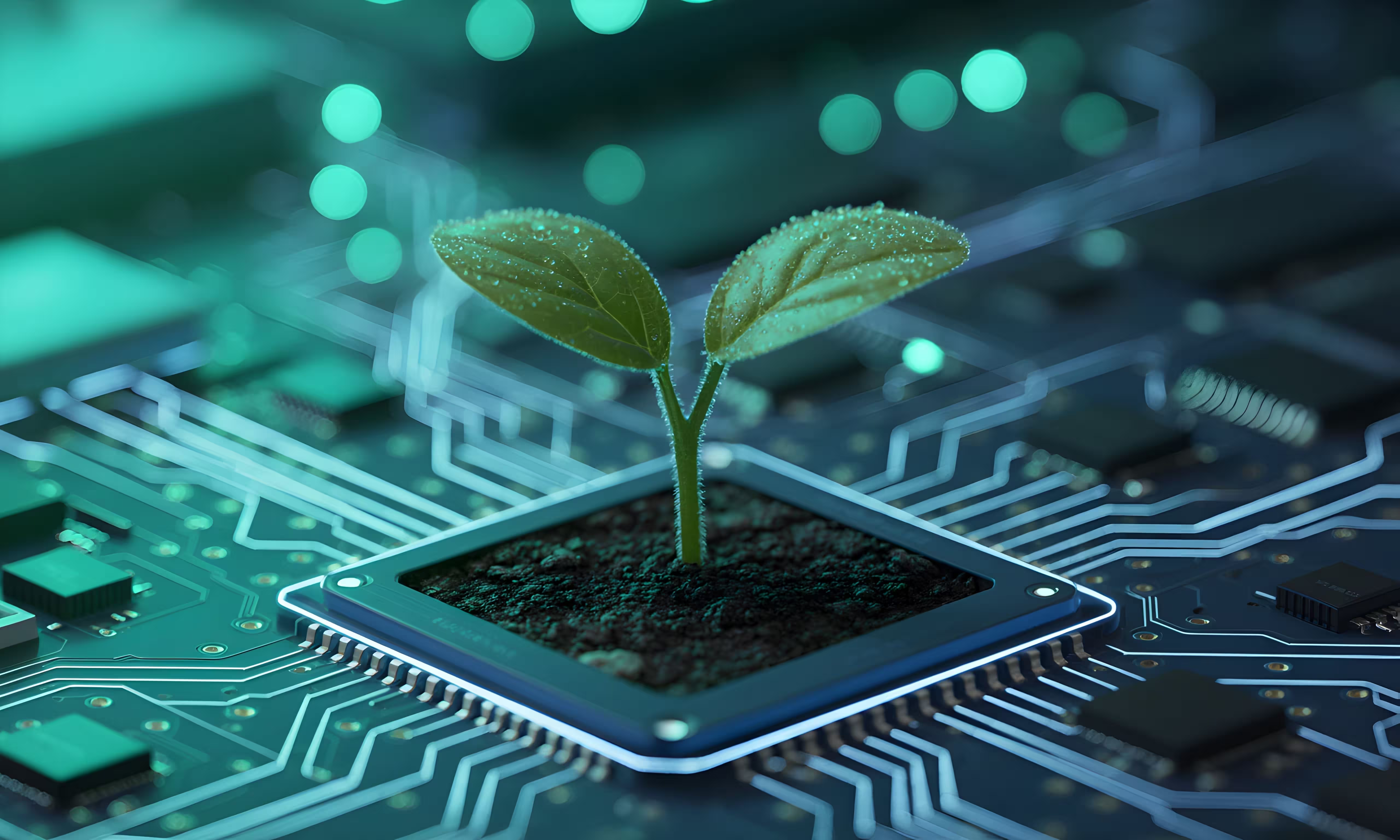IN ITS PUREST FORM, TELEMATICS IS A WAY OF MONITORING A CAR, VAN OR TRUCK THROUGH GPS AND ONBOARD DIAGNOSTIC INFORMATION, TO LET YOU KNOW HOW IT’S BEING USED.
More modern telemetry systems can also give instructions to the vehicle, like unlocking the doors and starting the ignition. Most cars you buy these days will have some type of on-board telemetry system, installed by the manufacturer. These systems will give you a variety of benefits, such as real-time satellite navigation info to gives you the quickest route to your destination, avoiding any accidents.
TELEMATICS DATA: WHAT IS IT AND WHAT CAN YOU DO WITH IT?
In its purest form, telematics is a way of monitoring a car, van or truck through GPS and onboard diagnostic information, to let you know how it’s being used. More modern telemetry systems can also give instructions to the vehicle, like unlocking the doors and starting the ignition.
Most cars you buy these days will have some type of on-board telemetry system, installed by the manufacturer. These systems will give you a variety of benefits, such as real-time satellite navigation info to gives you the quickest route to your destination, avoiding any accidents.
The car manufacturer benefits from these systems too, because they’ll have access to your vehicle’s data. They can use this to understand potential faults with your vehicle, or could even feed the data into AI computers, to train driverless cars.
Many of the onboard telemetry systems installed by vehicle manufacturers are a closed loop, so even if you own the car, you won't have access to the data it’s transmitting. This data “belongs” to the manufacturer - only they have access.
As well as the onboard telematics systems, there are lots of off-the-shelf systems available, often aimed at the specific requirements of large fleet operators. These systems are wide-ranging and, depending on the conditions, can vary significantly in cost, and functionality.
WHAT DEVICES USE TELEMATICS SYSTEMS?
Some examples of how telematics systems are used:
- Job routing and satellite navigation – think apps like Uber and Lyft
- Mileage tracking via a plug and play GPS device or smartphone app
- Car clubs that allow users to unlock and drive a car, based on a combination between an app and a fitted telemetry system
- Magnetic tracking devices that can be fitted to an asset, like a trailer, to track its movements
- GPS data devices and apps that allow companies to see how their employees drive, and incentivise them to improve.
These are just a small handful of examples. There are literally thousands of reasons someone would use telematics on their fleet.
WHAT SORT OF DATA CAN TELEMETRY SYSTEMS COLLECT?
Because the reasons for using telemetry systems vary so much from one company to another, the types of data different systems collect can vary significantly.
As an example, let’s compare two systems; a battery enabled device on a trailer vs a mileage tracking app, used by the likes of Uber. Both use high-frequency GPS data, but in very different ways.
The main function of the trailer device is to send alerts if the trailer starts moving when it shouldn’t, i.e. it’s been stolen. The trailer could be stationary for a month or more, so the device would just send a daily heartbeat, to show the system’s still operating. Then, only if the trailer starts to move, the device would send high-frequency GPS data to the owner, and the police.
With a routing app like Uber, the system will always be on while the app is in use, and sometimes when it's not, so the system could be sending high-frequency GPS data up to every second.
Conversely, other systems perform similar functions without GPS data, such as those installed into a vehicle’s onboard diagnostics port. Instead, these might send a regular odometer reading, about every 2 minutes, which tells you your precise location and mileage.
There are many different types of data which telematic devices can send. These include:
- GPS data
- Odometer reading data
- Events such as ignition on or off
- Idle time
- Fuel economy
- Driving style, harsh braking and acceleration
- Traffic information
- Engine diagnostics and warnings
- Theft attempts
IT’S ALL ABOUT THE BALANCE
In this world of big data, you may wonder why telemetry systems don’t grab all the data they can, at as high frequency as possible. Well, it's all about the balance between what's required and useful, with how much the data transmission will cost, and other factors, like battery life.
A tracking and routing app that depends on GPS could collect GPS coordinates every second, but if that means the cost of sending the data is $10 per month, it could be a show stopper for a company that can’t charge more than $10 a month for their solution. You need to get the mix right between functionality and cost.
Or what about a battery powered device? If it’s transmitting loads of data, 24 hours a day, you either need a very big battery, or you have to charge it regularly. However, if you just send a heartbeat occasionally, only turning the device on when absolutely necessary, a battery which might last a week under high frequency, could last a year.
SAME DATA, DIFFERENT QUESTION
Many organisations buy into a telemetry system for one reason, not realising the data they’re using could have be a variety of other strategic uses. Let’s explore a few ideas for other things you can do with your data.
1. Electric vehicle suitability. If you’re considering electric vehicles for your company car or van fleet, you can use the GPS or journey data to see which vehicles could become electric or plugin hybrid vehicles.
2. ChargePoint infrastructure. If you’re reviewing your fleet to see which vehicles should be EV, look at your charging infrastructure too. By seeing where vehicles are parked, for how long, and comparing that to their usage profile, you can work out what type, how many, and where to put your charge points.
3. Optimum routing. Regardless of the types of vehicles you run, if there’s a more efficient route for one of your regular delivery drops, you can uncover the options by analysing data.
4. Driver training. When you understand how a driver uses their vehicle, you can give them relevant training to improve their driving style. If your average driver improves by 10%, it will reduce the costs of fuel, maintenance, downtime, servicing and insurance. And your vehicles may last longer.
5. Car or train. When your sales team go from home to a meeting, do they always drive? Are they aware of the alternatives? Sometimes using public transport can enable your sales team to work during their travel time, and can reduce cost.
6. Car or nothing. Do you have perk drivers who rarely use their vehicle? By understanding what they do today, you can show them the real world benefits of alternatives. This could mean taking the cash, and taking the train.
7. Car clubs. With the plethora of car clubs now available, you could use data to understand if chopping in some of the older cars, combined with a car club, would be a better option.
8. Canal vs roads. We’ve done analysis recently that compared truckloads of goods into a city centre vs a canal boat-load of products that are distributed by smaller electric vehicles. We found that canal transportation could be the perfect option for some organisations.
9. One big vehicle vs smaller, more environmental options. Rather than taking one large vehicle into the city centre, could it be more efficient to unload on the outskirts? You could then use smaller, nimble, cost-effective electric vehicles for the last few miles of the delivery.
10. Impact of Clean Air Zones. Clean Air Zones are coming. This means some cities will have areas where only electric vehicles can enter, or fuel burning vehicles have to pay a hefty entry fee. Understand the costs and impact of the proposed zones by analysing your current data.
DATA A BIT DAUNTING? WE CAN HELP
Unless you have a PhD in mathematics or you’re an expert on big data analytics, doing the above can seem daunting. First you need to find the relevant data, extract it, then cleanse it. Once you have it in a usable format, you need to combine it with other data sets to build up the picture you want.
Don’t worry about that kind of stuff - let us do the worrying. Our team of developers and data scientists can do all the heavy lifting. You just need to consider what you want to achieve, and we’ll do the rest. All the examples you’ve just read are real activities we’ve done for other clients, and we can do it for you too.
Just drop us an email at alex.baker@thevirtualforge.com, and we’ll take you through the process. Once we understand the project, we can give you a simple and clear quote, with no obligations.
Get In Touch
Have a project in mind? No need to be shy, drop us a note and tell us how we can help realise your vision.








